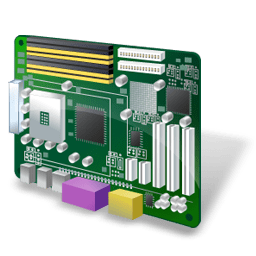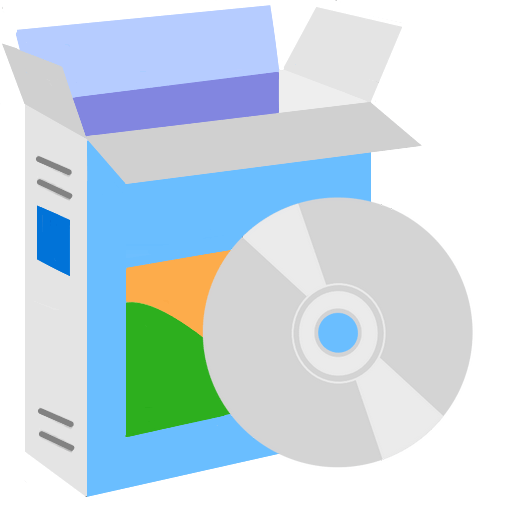Depending on who you ask, network attached storage hardware may be called a NAS box, NAS unit, NAS server, or NAS head. Like any other server, the server itself is basically set up with CPUs, random-access memory (RAM), and storage devices or drives. To satisfy the requirements of a given purpose, a NAS device may be modified with additional RAM in addition to different disk kinds and capacities. However, the software is where NAS and general-purpose server storage diverge most.
Software installed on a bare-bones operating system, typically integrated into the hardware, is included in a NAS box. A general-purpose server running a full-fledged operating system, sending and receiving hundreds or thousands of tiny, distinct requests every second, is in contrast to that. A NAS operating system, on the other hand, just handles two functions: file sharing and data storage.



